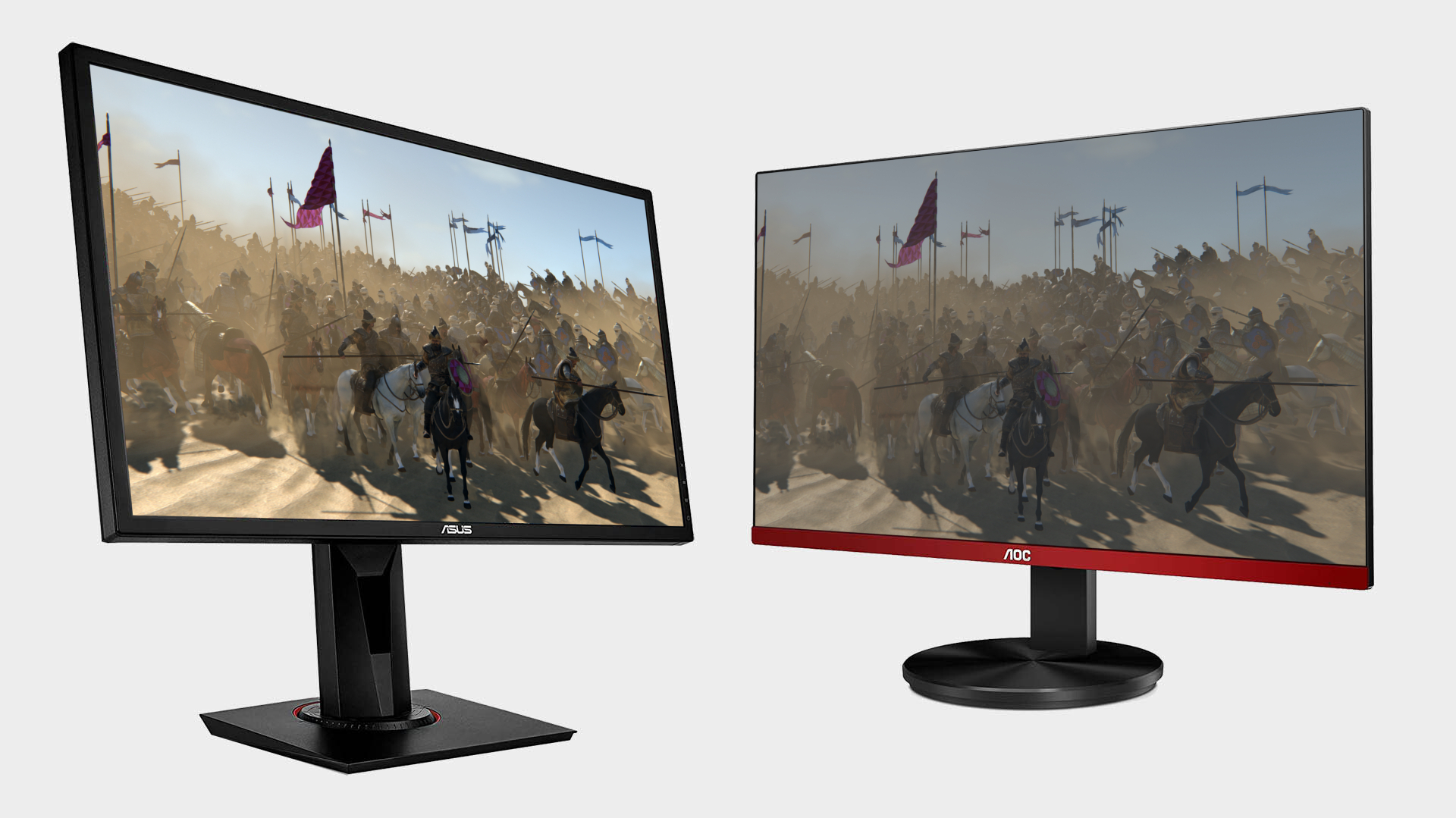This functional old-style Tiny TV is just bigger than a quarter
You might need some tweezers to turn the dials.

Living room screens are continuing to get larger and larger for the average consumer. Over the years we've gone from relatively small but incredibly heavy boxes with screens on the front to ginormous flat panels we mount on our walls. The last time I got a new TV I could see it flex as I took it out of the box due to how thin and large it is.
While this is all very cool, I wonder if we have gone the wrong way. What if instead of bigger screens to delight in our lounge rooms we went smaller. No I'm not talking about phones, those portable flat screens we can hold. I'm talking about an old school tiny TV, really tiny, basically unusable small, for absolutely no reason at all and you can get one for as little as $50 USD in this Kickstarter.
The TinyTV 2 (spotted by The Verge) is a device that is all charm and basically no sensible function, making it essentially perfect. While it definitely works, this very small screen isn't exactly something you'd want to watch feature length films on. It's only slightly larger than a US quarter, with 26.3mm x 23.8mm x 21.9mm dimensions, and comes with a full box style TV design, complete with little tiny TV legs.
The new TinyTV 2 is of course yet another excellent project powered by our beloved Raspberry Pi. This unit is running Raspberry Pi RP2040 processor, which is a great little microcontroller that's only 7mm x 7mm. Thankfully I don't think any Pi overclocking was required for this project. Just an aptly cute little module for a cute little TV.

Best gaming monitor: Pixel-perfect panels for your PC
Best high refresh rate monitor: Screaming quick screens
Best 4K monitor for gaming: When only high-res will do
Best 4K TV for gaming: Big-screen 4K PC gaming
The screens, though just stupidly little, are a 135x240 IPS panel, which can be turned on via the power button on the top of the unit. There's an IR receiver for a remote control, rotary style knobs to manually change channels and volume, and a forward facing speaker right at the front under the screen.
In the back you can find the USB-C connector that can be used to load up to 8GB of video footage to the screen. At such low resolution, you could fit a fair amount onto this drive, and then watch it in painfully small resolution. This port is also used to recharge the battery that offers a bit over 2 hours of runtime.
As always it's good to be a little cautious with Kickstarter projects but this one is likely to be a safe bet. TinyCircuits is the company behind it, which has a bit of a theme to its work. The company makes all sorts of great tiny products, including a pint sized piano, a little lightsaber, and an atomised arcade kit. The online store is full of weird little things you never knew you wanted until you've seen them. Perfect stocking stuffer ideas to check out too.
Keep up to date with the most important stories and the best deals, as picked by the PC Gamer team.

Hope’s been writing about games for about a decade, starting out way back when on the Australian Nintendo fan site Vooks.net. Since then, she’s talked far too much about games and tech for publications such as Techlife, Byteside, IGN, and GameSpot. Of course there’s also here at PC Gamer, where she gets to indulge her inner hardware nerd with news and reviews. You can usually find Hope fawning over some art, tech, or likely a wonderful combination of them both and where relevant she’ll share them with you here. When she’s not writing about the amazing creations of others, she’s working on what she hopes will one day be her own. You can find her fictional chill out ambient far future sci-fi radio show/album/listening experience podcast right here. No, she’s not kidding.

